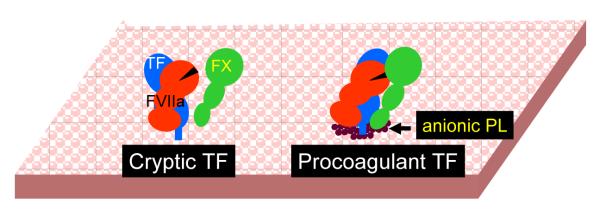Figure 2. A hypothetical model for tissue factor decryption.

On unperturbed cells expressing TF, FVIIa binds to all available TF sites, however majority of these complexes unable to interact with substrate factor X. Upon cell perturbation that exposes to anionic phospholipids at the outer cell surface membrane, TF or TF-FVIIa complexes interact with anionic phospholipids, leading to a conformational change in TF-FVIIa that facilitate its interaction with factor X, thus transforming cryptic TF to coagulant active form.
